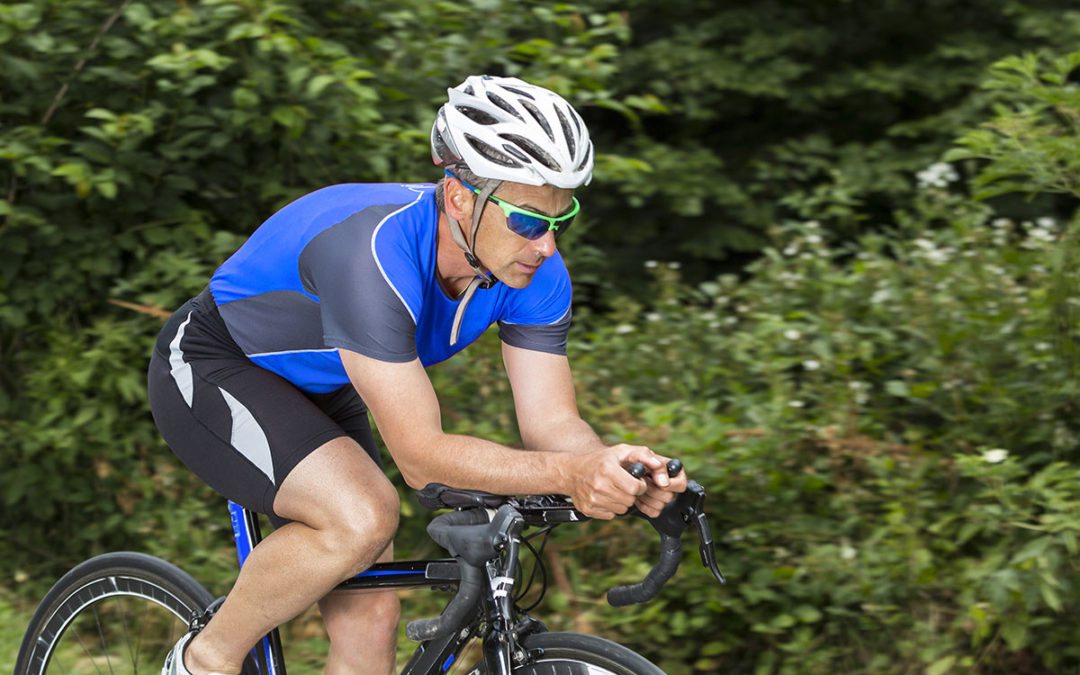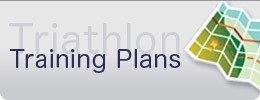There is a misconception in endurance sports that periodization means separating the each category of training intensity—endurance (Zone 2), tempo (Zone 3), threshold (Zone 4), VO2 (Zone 5 or 5a) and anaerobic (Zone 5b/5c or 6) — into distinct time periods throughout the training year. For example, strict adherence to Zone 2 during the early winter months then gradually build in Zone 3 in the spring before race season begins and then add Zone 4 and Zone 5 a month out from the first race day.
Instead, consider that you can do higher intensity intervals during the early winter months, too. While it is true that you don’t want to jump into hard, prolonged intervals right away, especially after a lengthy off-season, as you’ll risk injury or overtraining. However, by the middle of the first month of training, there is benefit to incorporating additional training intensities beyond endurance. This is especially true if you are crunched for time and are not able to ride longer than two hours or run for longer than 10 miles.
During the winter, make some of your endurance rides fairly challenging. You can hit those upper zones during your endurance rides as you crest a hill, sprint for a city limit sign or ride (or run) with others who are faster than you.
This advice should not be taken to mean that you can go out and start hammering VO2 intervals in February or forcing yourself to complete “black-out” intervals day after day. When you get into the spring and summer months and you have dedicated workouts with hard intervals, you will need to back off the intensity of your endurance rides so that you have the legs to complete those 2, 4, 8, 10, 15, and 20 minute interval sessions.
Below we outline two suggestions for mixing up a traditional Zone 2 endurance ride during the winter and spring.
Go For a Hard Group Ride
Punching above your weight class on a hard group ride (or run) has tremendous benefits in the winter and early spring. Again, please don’t go out and destroy yourself the first or second week back at training. By the third week, you should be ready to start riding hard with others who are as fast or faster than you. For a consistently hard-paced ride without too much surging, a group of 4 to 6 is good. For a more punchy ride that gets into Zones 5 and 6, a larger group is better. These rides are best done on a road bike, while small 4-6 person group rides are best on your triathlon bike.
Don’t worry about getting dropped or feeling like you shouldn’t be there. You’re out there to gain fitness and be pushed by people who are on a higher level than you. If anyone has a problem with how you’re riding or you are in doubt about riding etiquette, seek out one of the more experienced and respected members of the group for advice. Most riders in triathlon and cycling-specific group rides are friendlier than they may first appear.
The Shaky Legs Ride
After a 15 minute warm up, complete a 15-20 minute threshold interval at 90-95 percent of your current Functional Threshold Power (FTP). This is a hard effort. For the next 1-2 hours, ride in your upper Zone 2 and lower Zone 3. Finally, complete another 15-20 minute interval (same length as the first one) and try to hold the same power as the first one, an effort that will feel maximum.
This 2- to 3-hour-ride should not be done until after at least a month of dedicated training. Make sure to bring plenty of fuel so that you have as much glycogen in your legs for that last interval . . . and more importantly, so that you don’t bonk.
Happy training!


